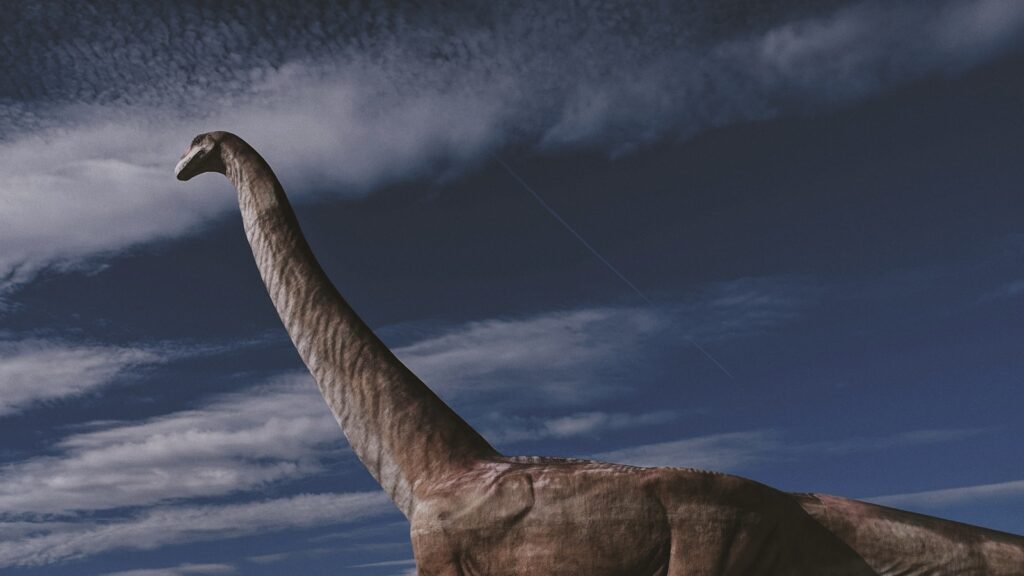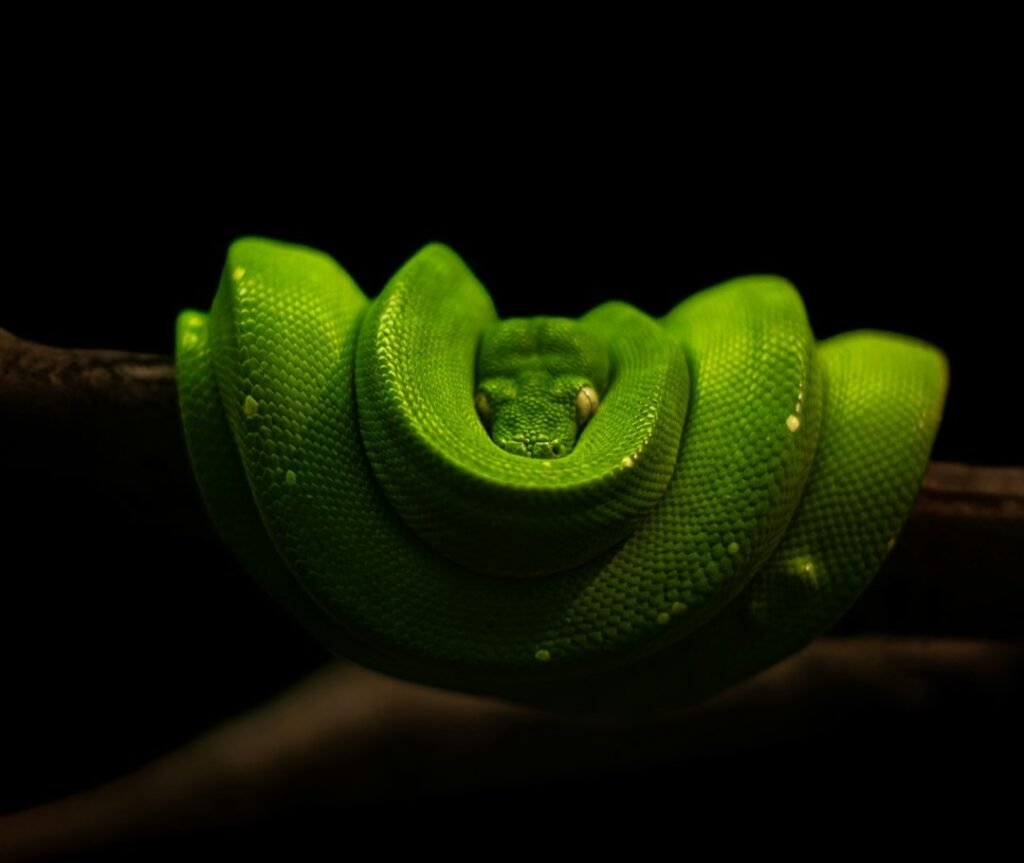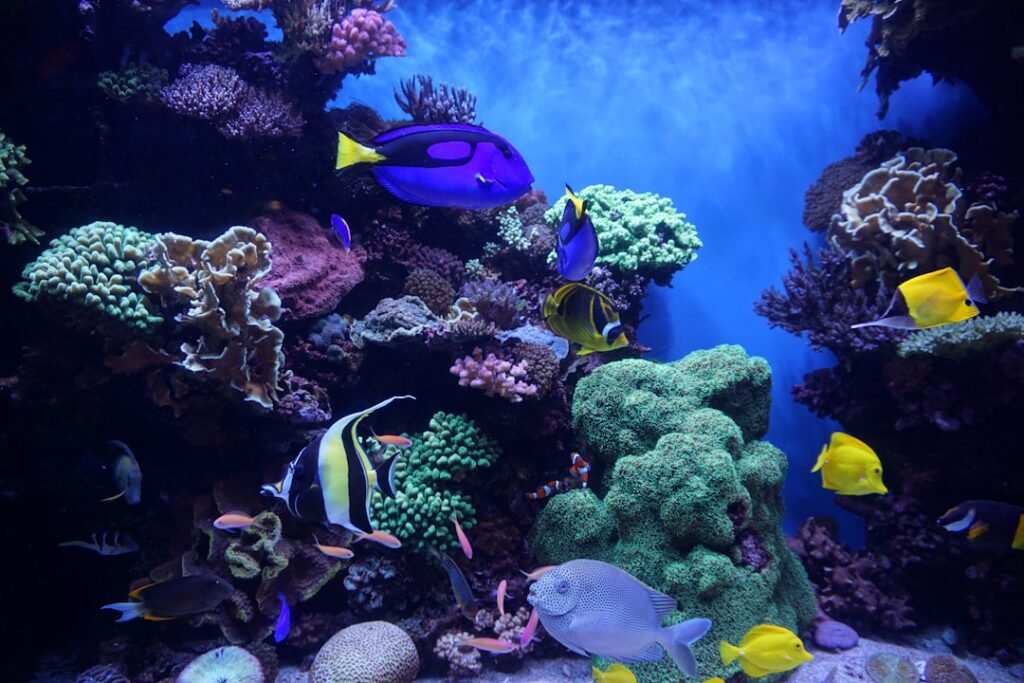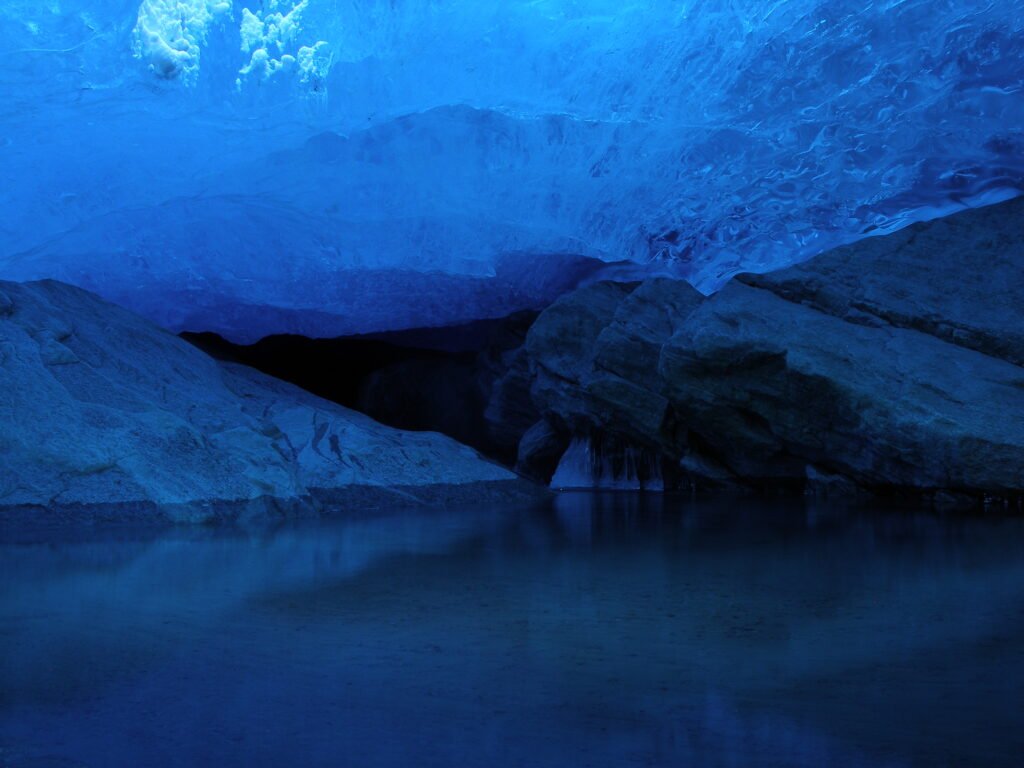They looked unwieldy, even absurd – creatures so oddly built that early scientists wondered if nature was pulling a prank. Yet these prehistoric misfits didn’t just survive; they thrived, rewriting what we think a successful animal can be. New imaging tools, biomechanical models, and reinterpreted fossils are revealing the hidden engineering behind bodies that once seemed impossible. As the picture sharpens, a simple truth emerges: evolution solves problems in ways that make our intuitions feel small. And that’s the thrilling part – each fossil is less a relic and more a working blueprint, daring us to imagine what else is possible.
The Hidden Clues
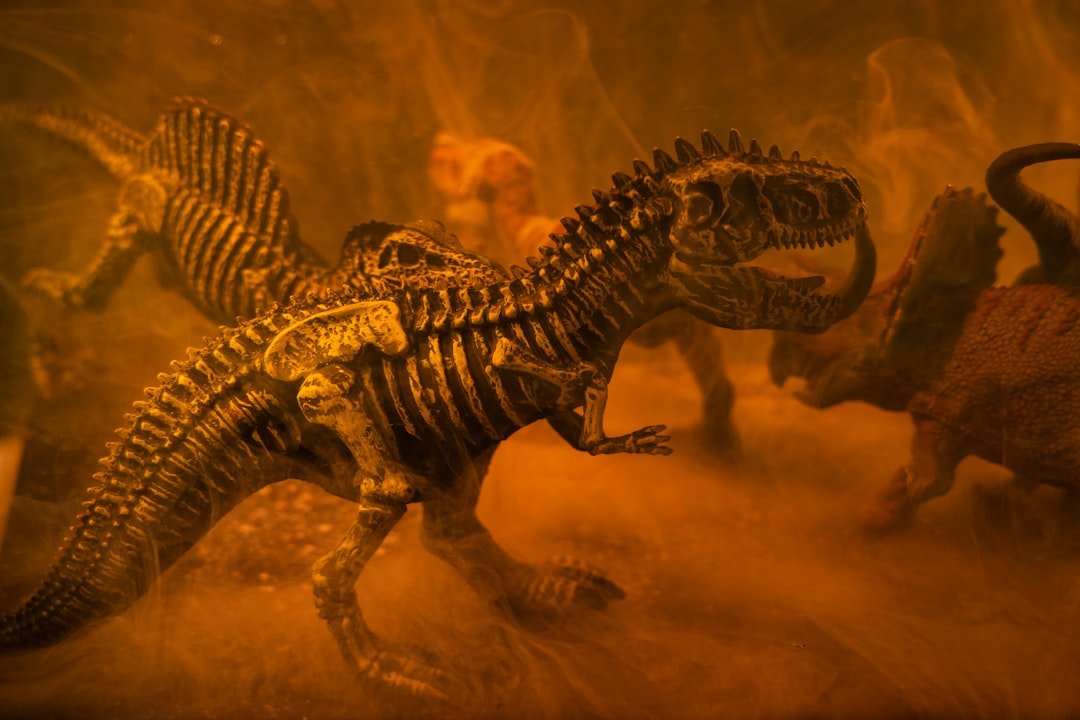
Here’s the shocking bit: many of the strangest prehistoric animals worked not in spite of their oddities, but because of them. What looks like a design flaw is often a finely tuned solution to ancient environments, from shallow coastal lagoons to deep, oxygen-rich seas. When I first saw a reconstruction of a shark with a circular saw in its mouth, I laughed; the data later made me eat my joke. These fossils ask us to set aside modern biases about speed, symmetry, and streamlining, and consider the messier reality of survival.
Under the microscope, grooves on teeth, microscopic wear patterns, and bone density gradients read like flight logs from vanished worlds. Digital scans and fluid-dynamics models then translate those traces into performance: lift, drag, bite force, launch angle. The results can feel counterintuitive – like a biplane outperforming a sleek jet under specific conditions. The message is steady and humbling: evolution optimizes for context, not for elegance.
Tanystropheus: The Fishing Rod With a Spine
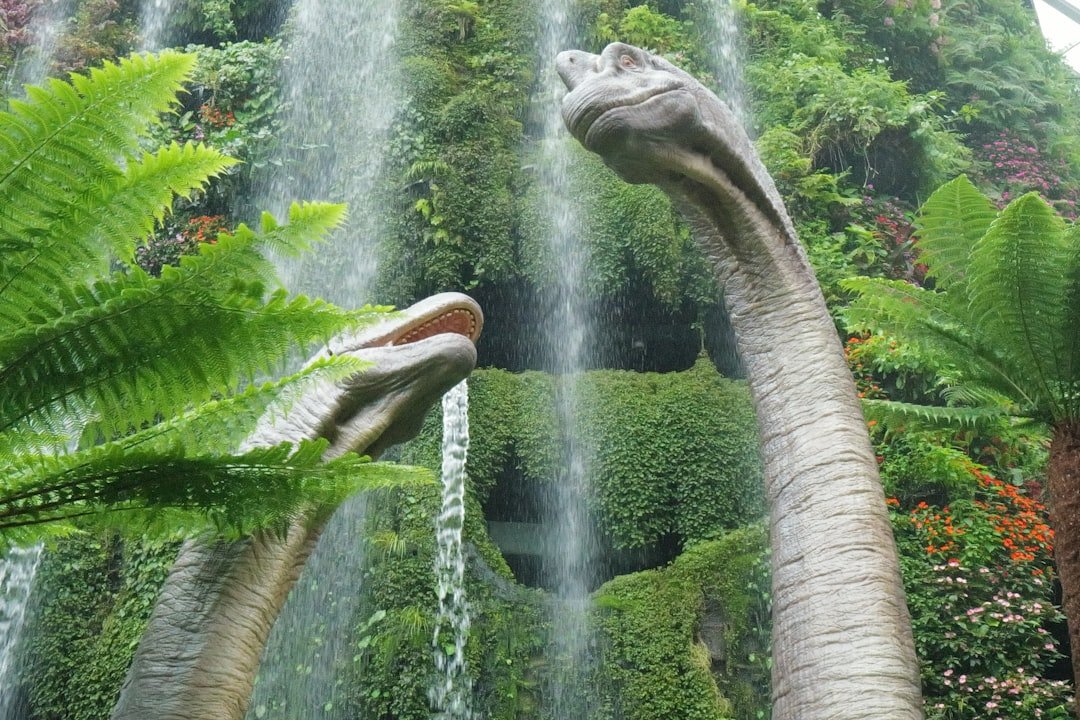
Stretch a neck to body length and most animals become clumsy, but Tanystropheus turned that liability into a low-energy fishing strategy. Its neck was built from a small number of extremely elongated vertebrae that acted like rigid beams rather than flexible cables. That stiffness let the animal hold its head in place over schools of fish while the body stayed out of sight, reducing the ripples that would otherwise spook prey. Skull features and tooth shape point to slippery fare – fish and squid – caught with a precise sideways snap.
Isotopic signatures and bone structure suggest a largely aquatic life, with limbs doing the steering while the long neck did the work. Think of it as a tripod camera boom hovering over a buffet line. In shallow Triassic lagoons, where ambush beats sprinting, this bizarre architecture made perfect sense. The improbable became practical the moment stillness turned into an advantage.
Helicoprion: The Buzzsaw That Sliced Soft Targets
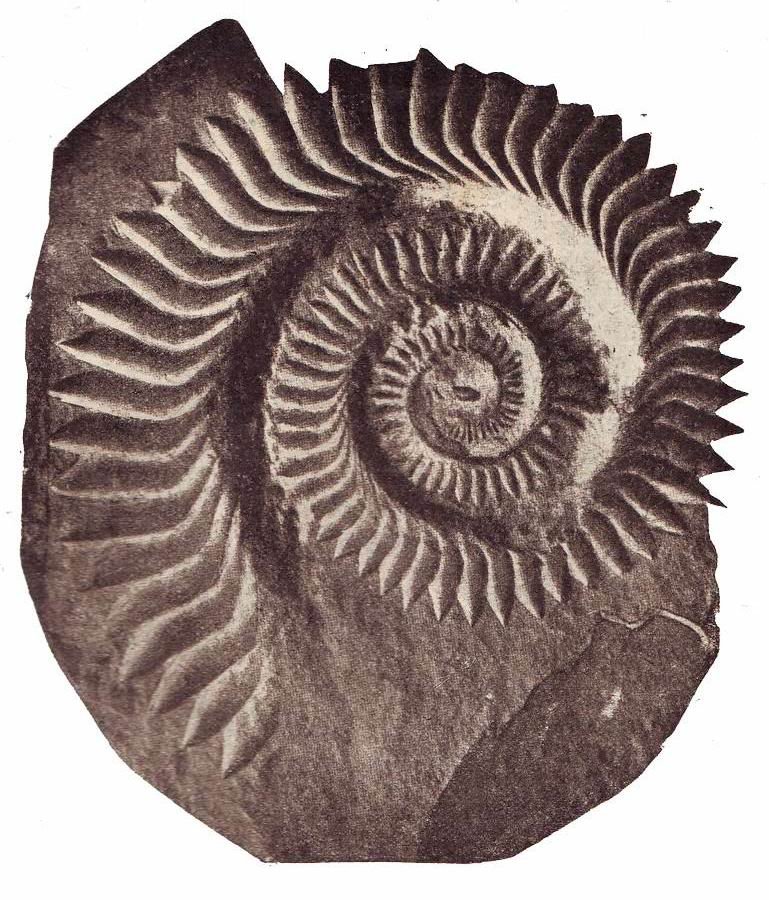
A spiral of teeth curling inside a shark-like jaw seems like absurdity, until you model how it bites. CT reconstructions place Helicoprion’s tooth whorl deep in the lower jaw, where it could roll prey inward and slice with a continuous serrated edge. Instead of grinding tough shells, this apparatus excels at cutting soft-bodied cephalopods, efficiently processing tentacles and mantles. No upper teeth are preserved because cartilage doesn’t fossilize well; the tooth factory kept the receipts, not the scaffolding.
Biomechanical simulations show that as the jaw closed, the spiral advanced like a conveyor, feeding prey toward the throat. It’s less chainsaw, more deli slicer – specialized, speedy, and brutally effective. In oceans packed with squid-like animals, specialization meant energy saved and meals secured. That odd spiral wasn’t an extravagance; it was a razor built for its moment.
Spinosaurus: The Heavywater Hunter
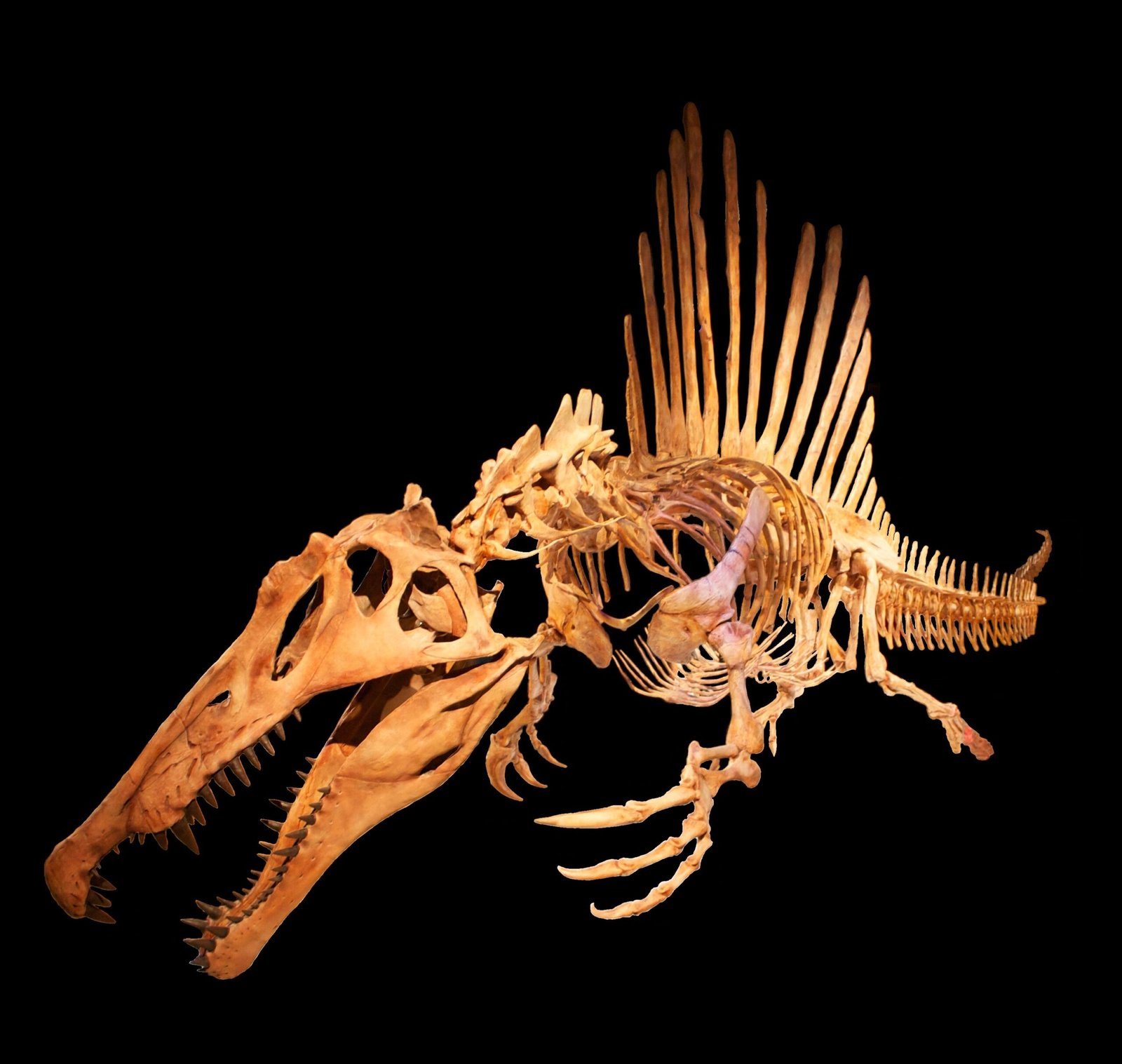
Spinosaurus keeps rewriting its own biography, and the latest chapters point to life in and around water. Dense limb bones, reduced hind legs, and a deep, flexible tail add up to a semi-aquatic predator that used buoyancy control to its advantage. The tall sail may have aided display or thermoregulation, but the business end was below the surface, where pressure-sensing snouts and conical teeth tracked fish. Whether it sprinted after prey or stalked slowly in shallows remains debated, yet the hydrodynamic package clearly favors time spent in the water column.
To me, the surprise isn’t just the anatomy – it’s the strategy shift. Dinosaurs typically dominate land; here’s one pivoting into a crocodile’s niche with a body plan that looks ungainly on shore but purposeful in a river. When oxygen, prey distribution, and habitats align, the rulebook loosens. Spinosaurus took that opening and swam through it.
Diplocaulus: The Boomerang-Headed Hydrofoil
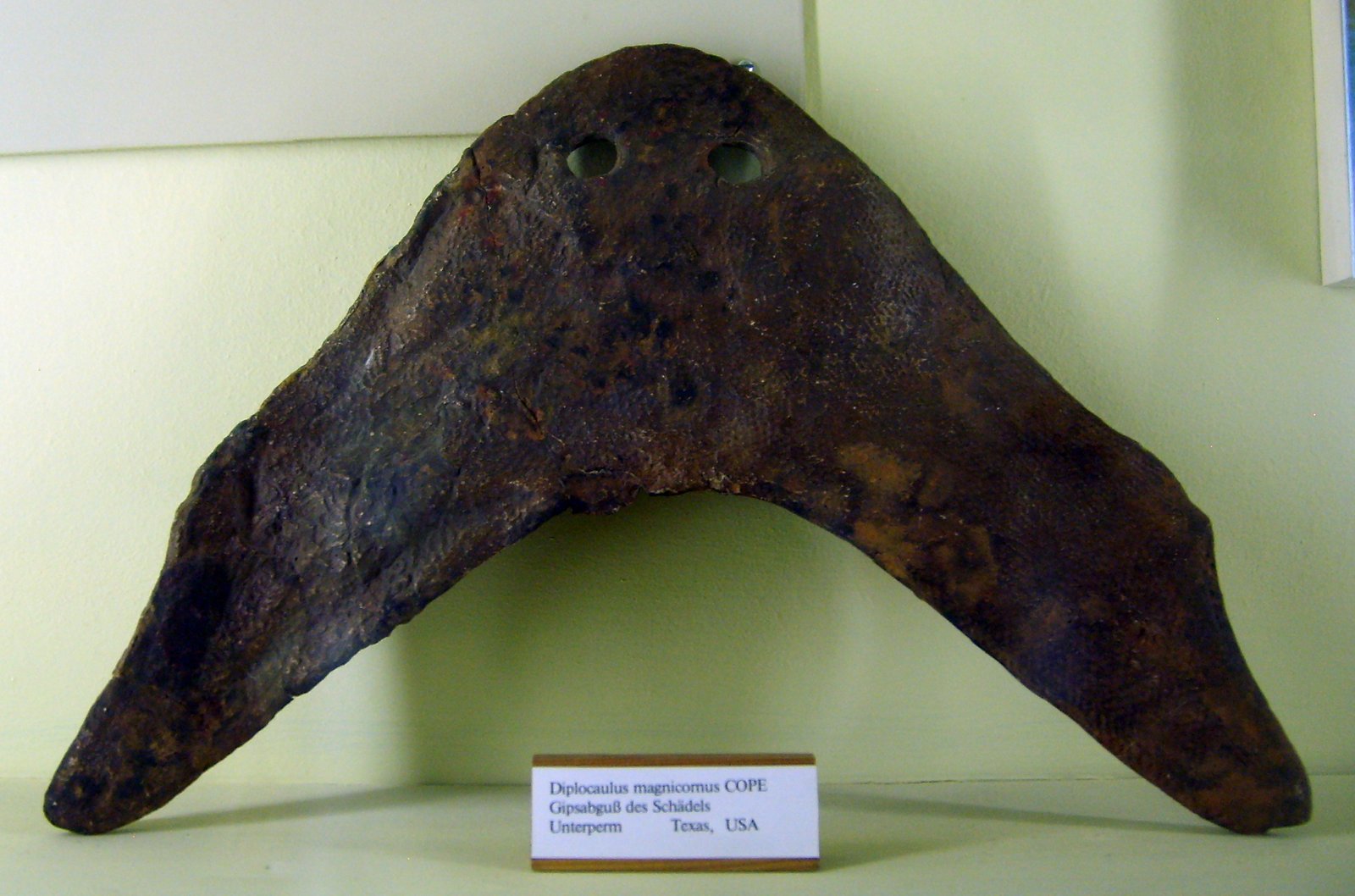
Diplocaulus wore a head shaped like a flying toy, and for years it looked like a geological joke. Fluid-dynamics studies, however, indicate those lateral skull wings generated lift, nudging the amphibian upward as water flowed past. That meant easier trips to the surface for air without frantic paddling that would attract predators. The skull wasn’t just armor; it was a control surface, the kind engineers add to stabilize aircraft.
In slow-moving Permian streams, subtle lift could be the difference between a stealthy gulp of air and a fatal lunge from something bigger. The design fits an energy budget where small advantages compound over a lifetime. Even the eye placement works with the hydrofoil plan, keeping vision forward while the head rides level. It’s weird until you run the numbers, then it’s wonderfully obvious.
Hallucigenia: The Spiky Mistake That Wasn’t

Early reconstructions flipped Hallucigenia upside down – literally – because its body plan defied expectations. Once righted, the animal reveals fleshy limbs with claws on the bottom and defensive spines on the back, a low-slung crawler in Cambrian seafloors. Its tiny head and grippy appendages suit a lifestyle of grazing microbial mats, where speed matters far less than traction and armor. The spikes telegraph a simple message to predators: not worth the trouble.
The brilliance here is minimalism. Rather than out-swim danger, Hallucigenia outsourced survival to deterrence and a low profile. In a world exploding with new body plans, that conservative strategy worked beautifully. It didn’t need to be fast; it needed to be ignored.
Why It Matters
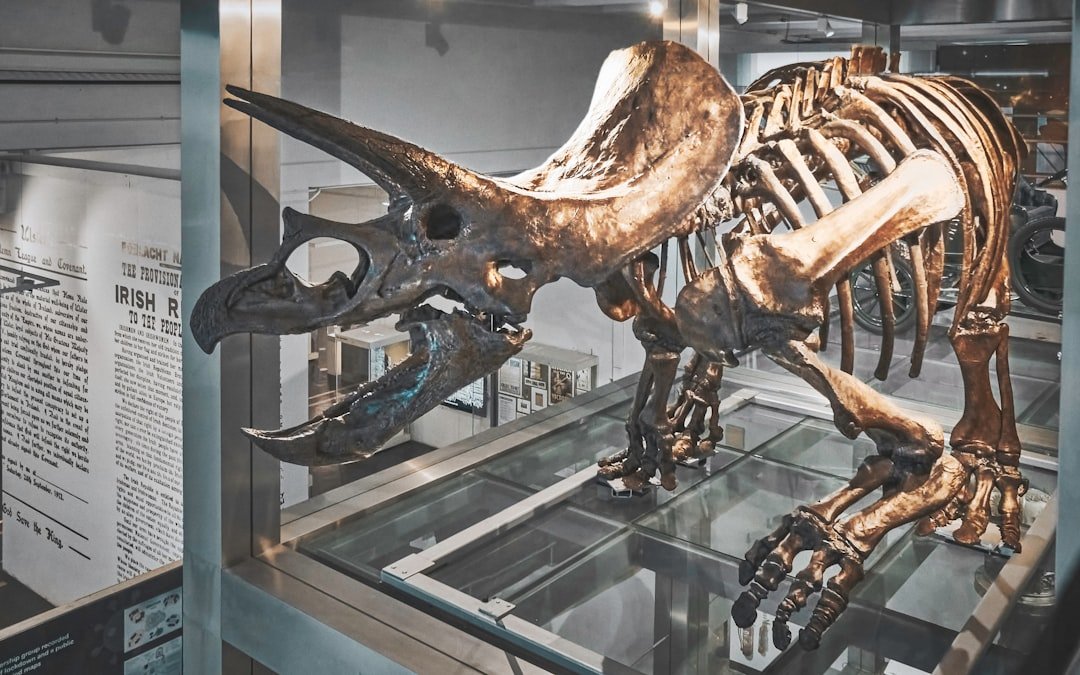
These animals expand the edges of our design intuition, which often confuses symmetry with efficiency and speed with success. By quantifying what worked for them – lift coefficients, bone density, bite mechanics – researchers build better baselines for how life adapts to constraints. That feeds into everything from robotics to conservation, where understanding niche strategies can guide smarter choices. I’ve seen engineers borrow from pterosaur launches to rethink drone takeoff in cluttered spaces, a neat example of fossils informing hardware.
There’s also a scientific humility at stake. Whenever a fossil violates our expectations, we tend to label it a mystery until the data forces a new story. These six creatures remind us to test the odd idea sooner, to model the strange hunch instead of laughing it off. In a century of climate shocks and shifting habitats, flexible thinking isn’t optional – it’s survival.
The Future Landscape
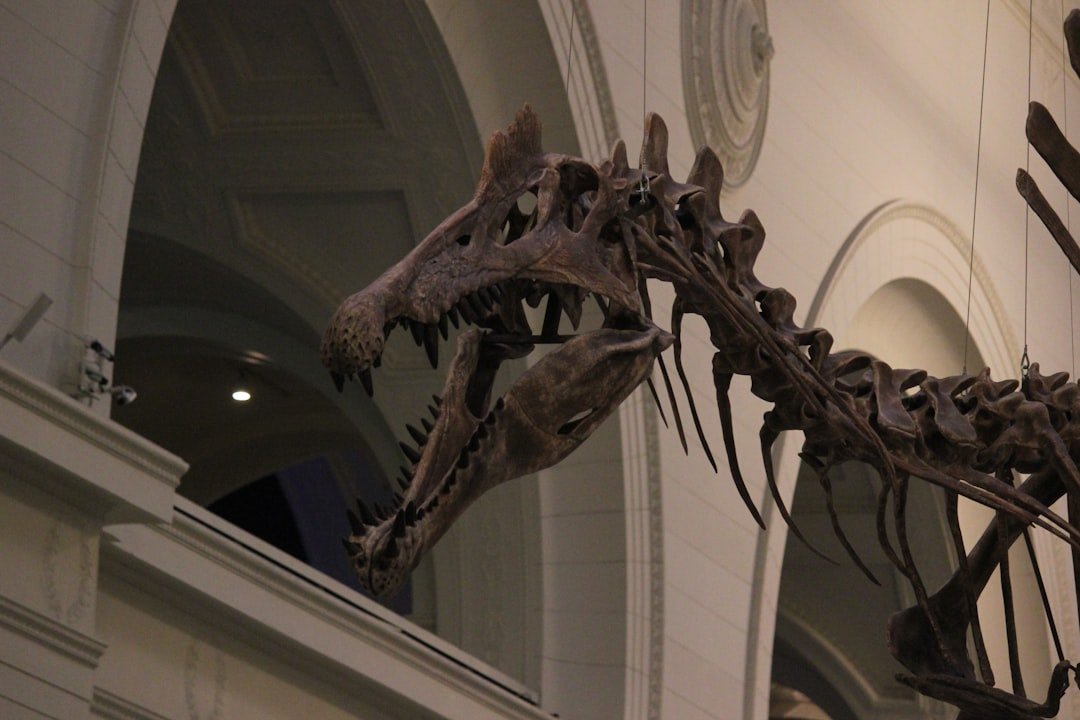
Tomorrow’s breakthroughs will come from crossovers: paleontology fused with AI imaging, micro-CT scans, and physics engines precise enough to test real-world performance. Expect virtual wind tunnels for extinct fliers, bite simulations that include soft tissue estimates, and isotopic maps rebuilt at seasonal resolution. New field sites, from polar deposits to underexplored Triassic basins, will widen the sample size and stress-test today’s favorite hypotheses. That means some stories we love will bend, and a few will break.
The biggest challenge is context. Fossils give snapshots, not movies, so researchers will lean on environmental proxies – pollen, sediments, trace elements – to stitch behavior to landscape. As datasets grow, the loud patterns will stand out: repeated solutions to ancient problems, convergences we haven’t noticed yet. If past oddities kept winning, we should brace for fresh surprises hiding in plain sight.
Conclusion
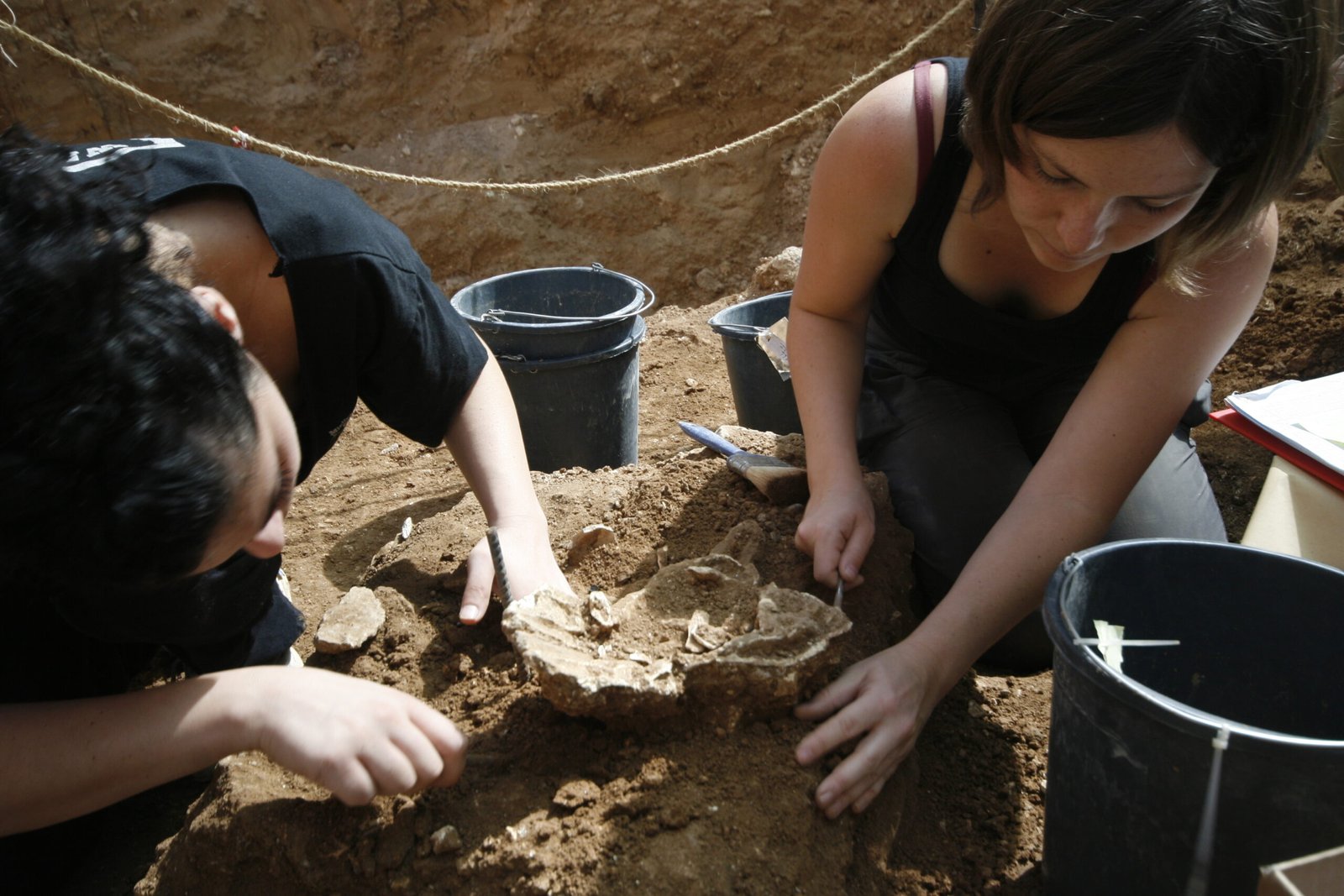
Curiosity is the easiest contribution: follow active digs and museum updates, support open-access scans, and share new findings when they overturn old assumptions. If you live near a natural history museum, volunteer for public programs that explain how scientists read bones like flight logs and bite diaries. Donate to field schools or fossil preparation labs that turn stone into data, one meticulous scrape at a time. Teachers can fold these case studies into lessons on design thinking, showing students that weird can be wonderfully workable.
Most of all, keep an open mind when something looks impossible. Nature is a patient engineer, and history favors the adaptable, not the pretty. The next jaw-dropping fossil will arrive, and with it, another chance to redraw the line between absurd and ingenious. Which of today’s “that’ll never work” ideas will tomorrow’s evidence prove right?

Suhail Ahmed is a passionate digital professional and nature enthusiast with over 8 years of experience in content strategy, SEO, web development, and digital operations. Alongside his freelance journey, Suhail actively contributes to nature and wildlife platforms like Discover Wildlife, where he channels his curiosity for the planet into engaging, educational storytelling.
With a strong background in managing digital ecosystems — from ecommerce stores and WordPress websites to social media and automation — Suhail merges technical precision with creative insight. His content reflects a rare balance: SEO-friendly yet deeply human, data-informed yet emotionally resonant.
Driven by a love for discovery and storytelling, Suhail believes in using digital platforms to amplify causes that matter — especially those protecting Earth’s biodiversity and inspiring sustainable living. Whether he’s managing online projects or crafting wildlife content, his goal remains the same: to inform, inspire, and leave a positive digital footprint.

